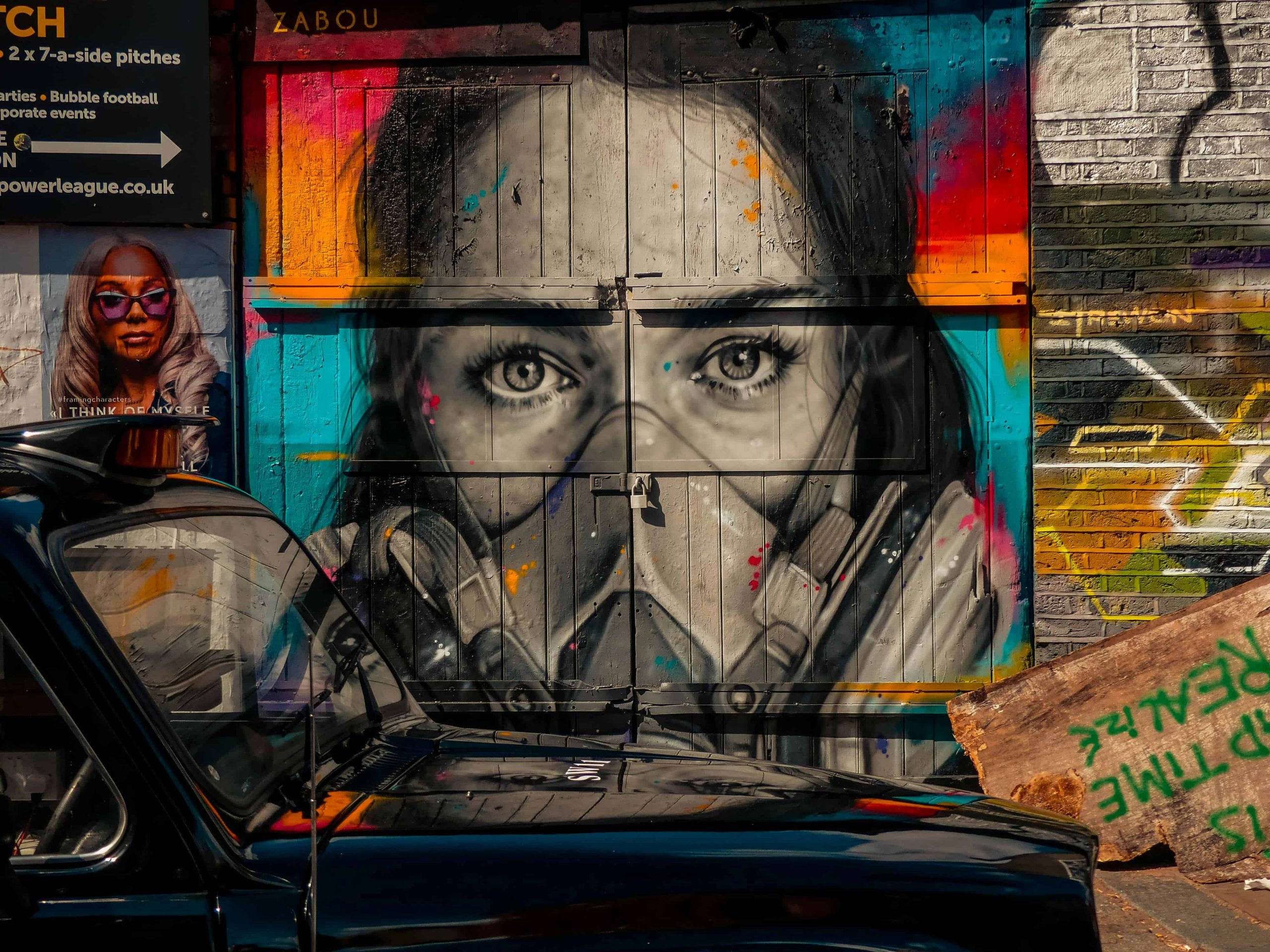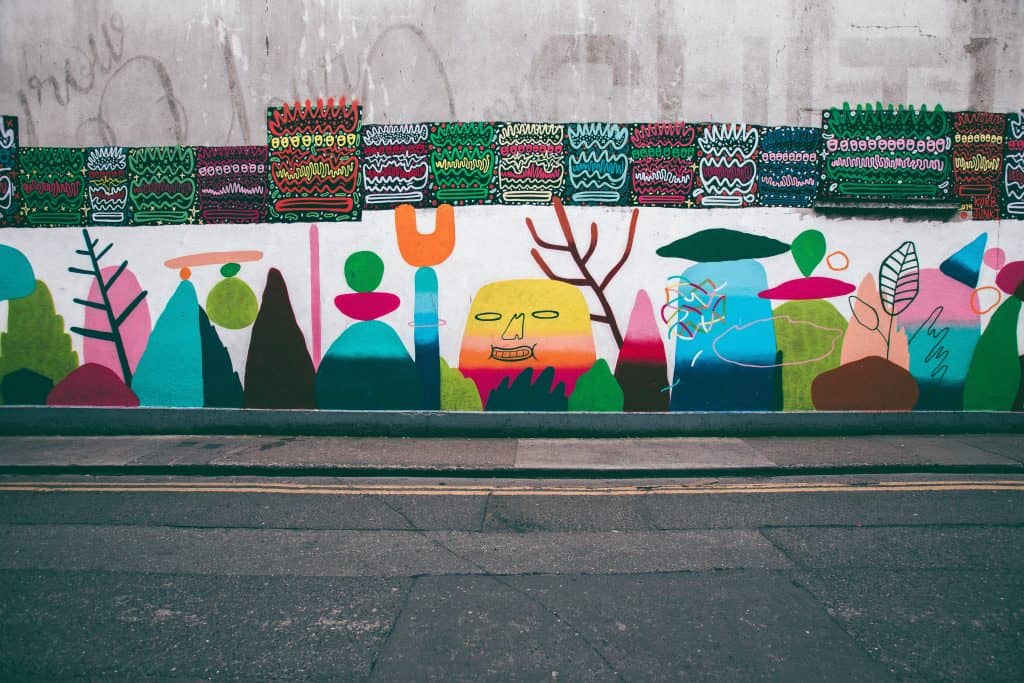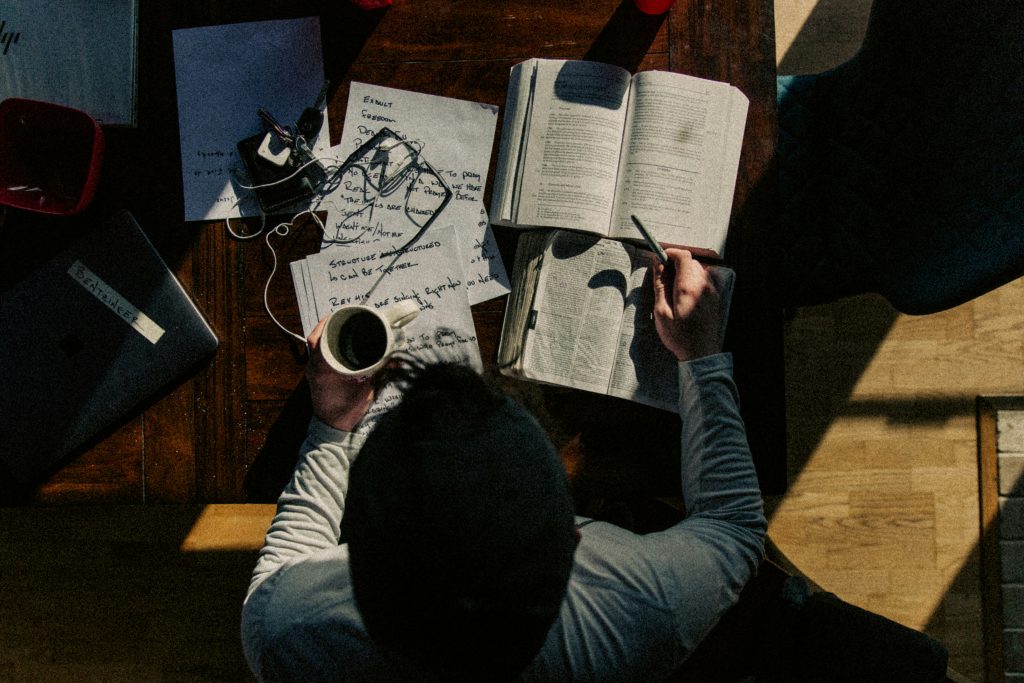
11 Mar Case Studies: Successful International Art Collaborations
Art has long served as a universal language that transcends geographical boundaries, cultural barriers, and linguistic differences. Its ability to connect people from diverse backgrounds and inspire profound emotions is exemplified in the realm of international art collaborations. In this article, we carry on a journey into the vibrant tapestry of global artistic partnerships, where creativity knows no bounds and cultural exchange flourishes. From the revitalization of iconic landmarks to the grassroots movements of community-driven street art, we unravel the intricate threads that weave together the fabric of these collaborations. Through exploring the challenges artists face and the transformative impacts they wield on society, we uncover the profound ways in which art serves as a catalyst for unity, understanding, and collective expression on a global scale. Join us as we look into the dynamic world where creativity, culture, and connection converge to shape our shared human experience.
Transformative Projects by Visionary Artists

Photo by Javon Swaby
Wrapped Reichstag, Berlin (1995)" by Christo and Jeanne-Claude
“Wrapped Reichstag, Berlin (1995)” by Christo and Jeanne-Claude was a monumental project that transformed the Reichstag into a shimmering masterpiece through the meticulous application of silver fabric. Despite facing political resistance and public skepticism, the artists overcame these challenges through detailed planning and persuasive dialogue. The impact of the wrapped Reichstag reverberated through Berlin, igniting discussions about the interplay of art, politics, and public spaces, thereby leaving an enduring mark on the city’s cultural landscape.
The Floating Piers, Lake Iseo (2016)" by Christo and Jeanne-Claude
“The Floating Piers, Lake Iseo (2016)” by Christo and Jeanne-Claude stands as another testament to the duo’s artistic brilliance. This project featured a floating walkway composed of yellow fabric modules, offering visitors a unique sensory experience on Lake Iseo. Overcoming engineering marvels and environmental concerns, the artists ensured the project’s safety and sustainability. The Floating Piers facilitated a profound connection between people and nature, underscoring the harmonious relationship between art and the environment.
Street Art for Mankind (various locations)" by Shepard Fairey
“Street Art for Mankind,” curated by Shepard Fairey, epitomizes the power of collaborative street art in addressing social issues across various locations. Fairey collaborates with local artists to create murals that navigate cultural sensitivities and address global problems. The project’s success hinges on cultural adaptability and sensitivity, empowering communities to confront social issues through visually striking artwork.
The Global Street Art movement (ongoing)
“The Global Street Art movement” represents a decentralized network of street artists collaborating globally on shared themes. Overcoming language barriers and legal restrictions, this movement democratizes art by transforming urban spaces into public galleries. The movement’s impact is profound, fostering community engagement and turning mundane cityscapes into vibrant and dynamic canvases for self-expression and social commentary.

Photo by Štefan Štefančík
Key Factors for Success
Artistic collaborations thrive on common elements:
Essential Elements | Contributions to Success |
Effective communication | Clear communication channels promote understanding. |
Shared vision and artistic goals | Aligning creative visions enhances collaborative synergy. |
Flexibility and adaptability | Adapting to challenges ensures projects remain dynamic. |
Sensitivity to cultural differences | Respect for diverse cultures enriches collaborative outcomes. |
Engagement with local communities | Involving communities adds depth and authenticity to projects. |

Photo by Jacob Bentzinger
Conclusion
From the iconic transformations of landmarks like the Reichstag to the community-driven street art movements across the globe, these collaborations underscore the ability of art to transcend boundaries and unite diverse perspectives. Despite facing political resistance, engineering challenges, and cultural sensitivities, artists like Christo, Jeanne-Claude, and Shepard Fairey have demonstrated resilience and creativity in overcoming obstacles. Their projects have not only sparked conversations about the intersection of art, politics, and society but have also fostered community engagement and raised awareness about pressing social issues. As we witness the ongoing evolution of the Global Street Art movement and other collaborative endeavors, it becomes evident that art serves as a powerful catalyst for connection, dialogue, and societal transformation on a global scale. Through creativity and collaboration, artists continue to inspire us to reimagine our world and embrace the possibilities of unity and expression across borders.
Important Aspects
- Collaborative Synergy: Successful international collaborations thrive on effective communication, shared visions, and a commitment to artistic goals.
- Adaptability is Key: The ability to navigate challenges, whether political, environmental, or cultural, is crucial for the success and sustainability of projects.
- Global Impact: International art collaborations have the power to transcend borders, leaving a lasting impact on communities, raising awareness, and fostering unity.
FAQs
How do artists overcome political resistance in international art collaborations?
In international art collaborations, artists often encounter political resistance due to various reasons including cultural differences, ideological clashes, and bureaucratic hurdles. To overcome such resistance, meticulous planning is crucial. Artists need to conduct thorough research about the political landscape of the regions they intend to collaborate in, understanding the sensitivities and concerns of local authorities. Additionally, persuasive dialogue plays a vital role in addressing political resistance. Artists must effectively communicate the intentions behind their collaborations, emphasizing the mutual benefits and cultural exchange opportunities. Highlighting the positive impact on the community, such as economic growth, cultural enrichment, and social cohesion, can also help sway political opinions in favor of collaboration.
How does the Global Street Art movement address language barriers?
The Global Street Art movement tackles language barriers by relying heavily on visual communication. Street art, by its nature, transcends linguistic boundaries, allowing artists to communicate with diverse audiences across the globe. Through vibrant murals, graffiti, and installations, artists convey powerful messages and universal themes that resonate with people irrespective of their language or cultural background. This visual language not only fosters greater understanding but also encourages dialogue and connection among communities worldwide, fostering a sense of global unity and collaboration.
What lasting impacts have these collaborations had on the communities involved?
The collaborations forged through the Global Street Art movement often leave a profound and lasting impact on the communities involved. Beyond the aesthetic transformation of urban landscapes, these collaborations empower communities by providing platforms for local artists to showcase their talents and amplify their voices. Moreover, they raise awareness about pressing social issues, sparking important conversations and driving meaningful change. The cultural and visual imprint left by these collaborations becomes ingrained in the collective memory of the communities, enriching their cultural identity and fostering a sense of pride and ownership. Ultimately, the lasting impacts extend far beyond the physical artworks, shaping the social fabric and collective consciousness of the communities involved.
Learn about the profound ability of “Art Education and Its Impact on Societal Development” to promote creativity, critical thinking, and cultural understanding while enabling people to make meaningful contributions to their communities and society at large. Dive into the transformative influence of art education on both societal progress and personal development.

